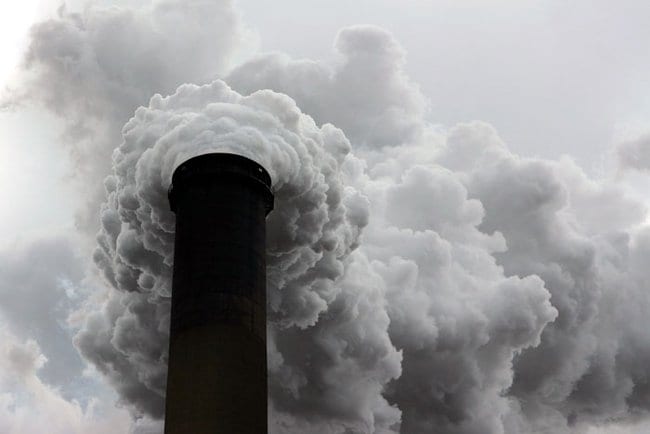
The brown coal fueled Northern power station, owned by the for-sale Alinta Group, produced its last power in South Australia on May 10, 2016. In this note, we take a brief look at what has happened since.
Renewables, wind and rooftop PV, currently make up 42 per cent of supply. Gas and brown coal generation (imported from Victoria) make up the balance.
In this sense the closure of Northern simply means that more economic brown coal in Victoria has substituted for brown coal in South Australia with a modest, to date, shift of production to gas. From an environmental point of view, the gas production in South Australia, largely from the ancient and technologically way out of date, steam fired Torrens Island Plant [TIPS], is only marginally better than black coal.
It is no doubt a perverse outcome that the modern combined cycle Pelican Point station is producing little output but TIPS is running hard. The rooftop PV numbers from the AEMO have only been produced since May 27 but we used the daily average since then to interpolate back to May 10. (Hats off to the AEMO for producing this data).

Share of gas fired generation since May 10 is shown in the next graph below, together with the CO2 intensity of the plant. For comparision a modern supercritical coal plant in China would be at around 0.85 t/MWh.
The CO2 intensity is closely related to the fuel efficiency. So the other point about this graph is that if Pelican Point was running, South Australia would be consuming less gas and there would be marginally less pressure on gas prices. In short it’s a perverse outcome where TIPS A is running and Pelican Point is not.
Osborne, Ladbroke Grove and Quarantine are owned by Origin, the largest gas retailer and second largest electricity retailer in the State, and TIPS A, B are owned by AGL, the largest electricity retailer in the State. South Australia is a small market but a juicy one.

What’s been the impact on pool price?
Gas fired electricity is expensive. Gas prices are around $6.2 Gj in South Australia at spot. TIPS B has a heat rate of about 12,000, so it takes 12 GJ to make 1 MWh for a cost of about $74 MWh. Again Pelican Point heat rate is 7500 so the fuel cost is more like $47 MWh.
It’s not quite as simple as that as the start up and shut down costs for Pelican Point are high and if the plant has to ramp up and down all the time due to wind variability this will undoubtedly impact cost.
Another very important point is that in terms of profits and losses the pool price is generally not that important in the short term, as probably 75% and more of pool transactions are hedged in some way or another. Still, changes in pool prices are a good lead indicator of changes in hedge (contract) prices in our opinion and also there is inevitably some net pool exposure.
All that said, it’s difficult to compare the “before” and “after” closure of Northern Power station for lots of reasons – the time period is short, the weather has changed, other factors have changed.
Still, one way way to approach it is to compare the relative change in price between NSW, Victoria and South Australia. Despite the inter-connectors, we basically see the NSW and even Victorian price as largely independent of the South Australian price, but Victoria is likely to have similar weather.
Figure 3 below shows a 30 day moving average of prices over the last two years of the NSW, Victorian and South Australian electricity prices. It’s the rise of Victorian prices which is truly astonishing.
The move up over the last 3-4 months in all States is very pronounced and not due to any change in demand. South Australian prices are typically higher and more volatile than the other larger States so no conclusions can be drawn.

That said: Fig 4 (below) shows an index, all States start at 100 on May 10, of the moving average of pool prices in the three States.

Our interpretation, subject to the proviso that it’s not statistically significant, is that the closure of Northern did put upwards pressure on prices. This pressure was assisted by the Tasmania interconnect being down (it just restarted last Monday) and that meant that there was an opportunity to increase prices in Victoria.
The view from the helicopter
Our bigger picture comment is that the entire NEM is more finely balanced than it appears. Over the past couple of years the closure of some coal generators, reduced output from some gas generators, the Basslink outage, the extra demand in Queensland , the lack of new renewable supply, the increased oligopoly of the remaining players, have combined to push the market in the suppliers’ favour quite strongly.
If participants believed that NSW prices were going to remain at $75-$80 MWh and be reflected in base load futures contracts, we really would see a lot of new renewable supply in NSW, where we think there are lots of projects. Higher prices will result in new supply eventually. They always have.








